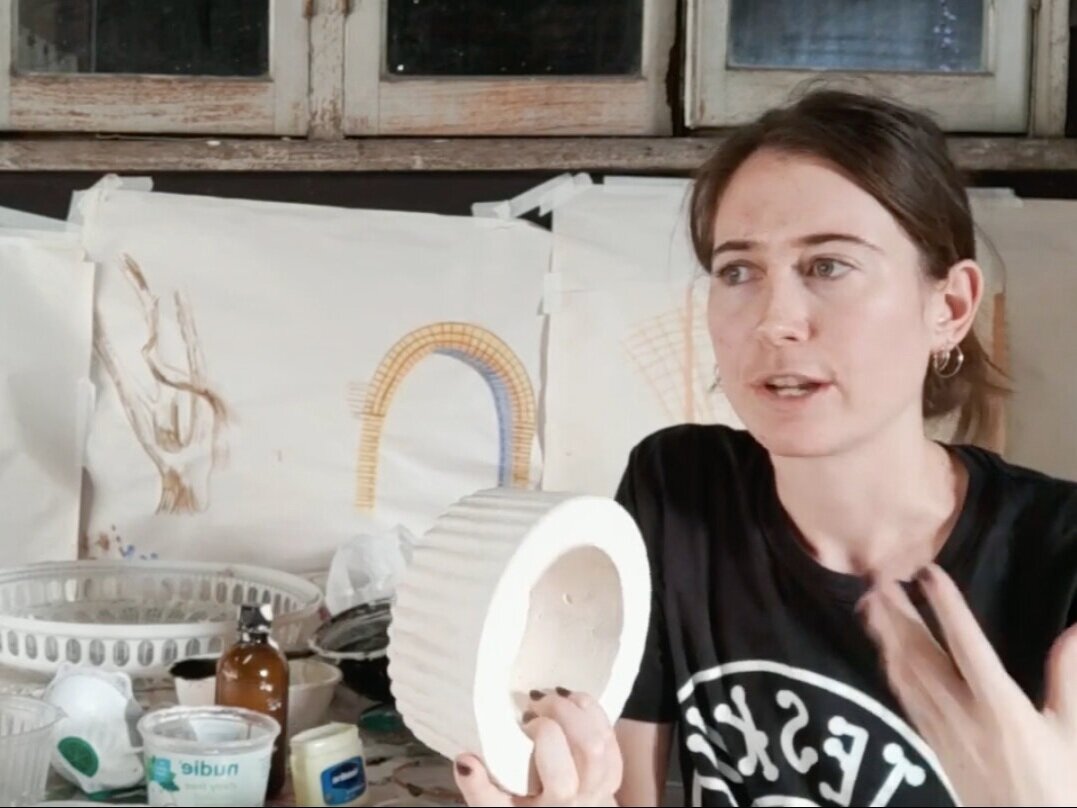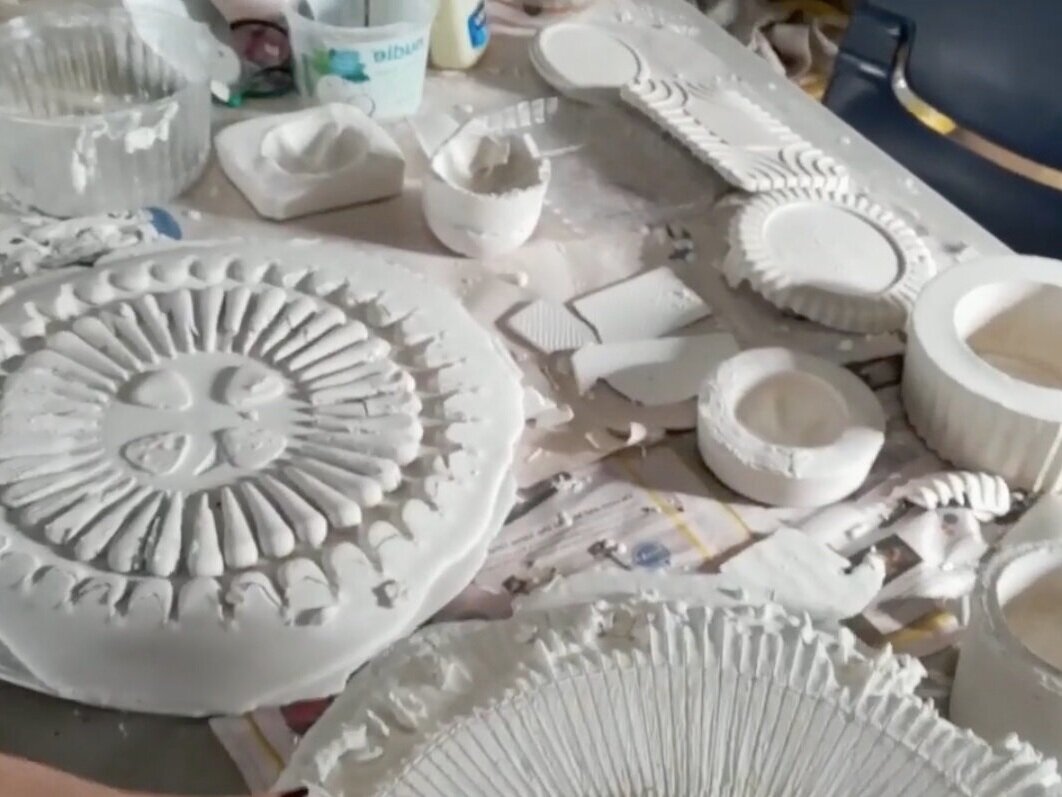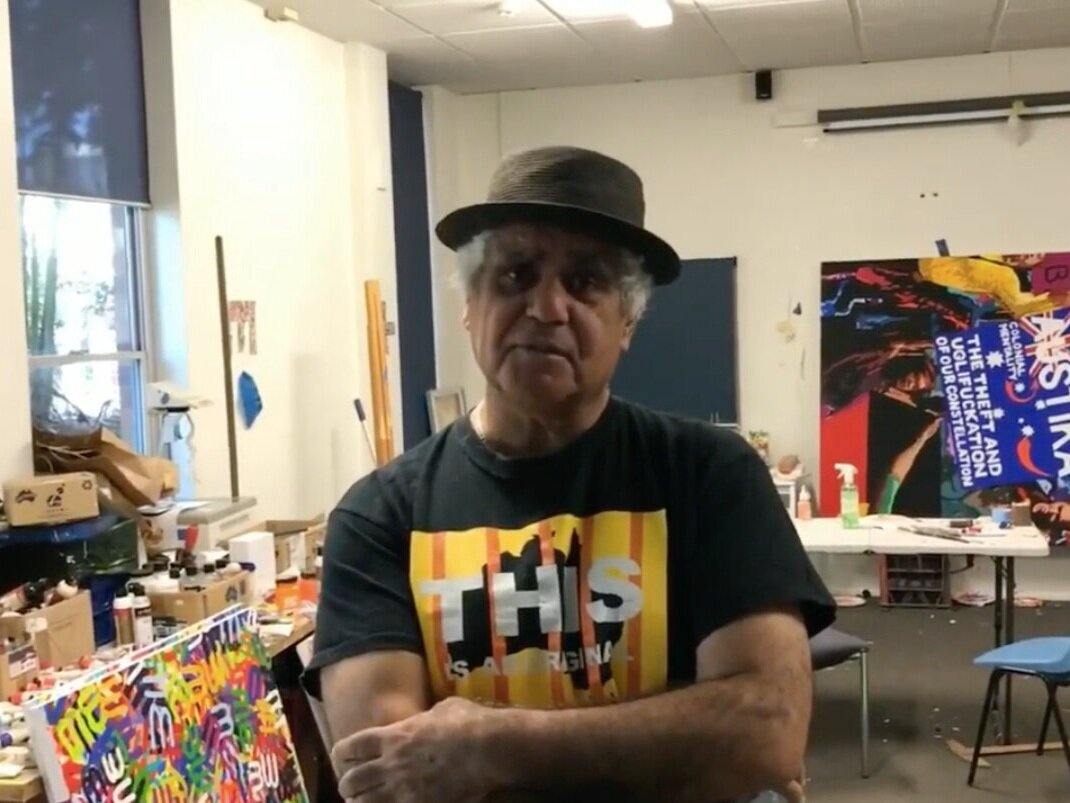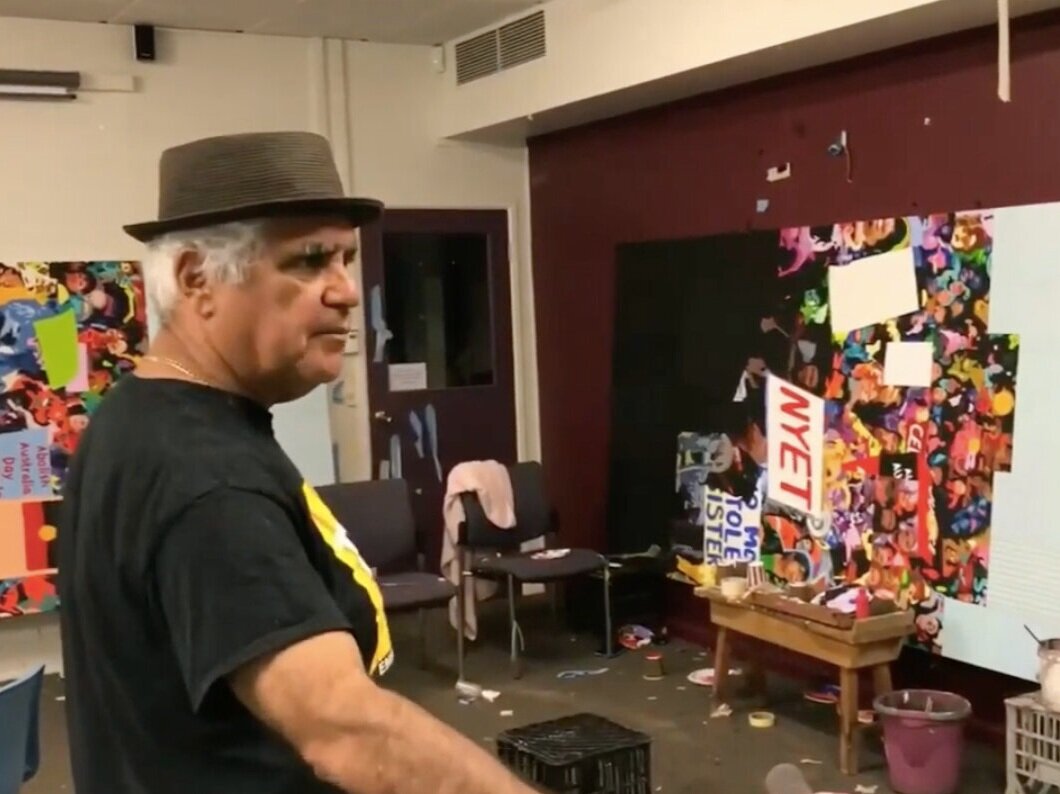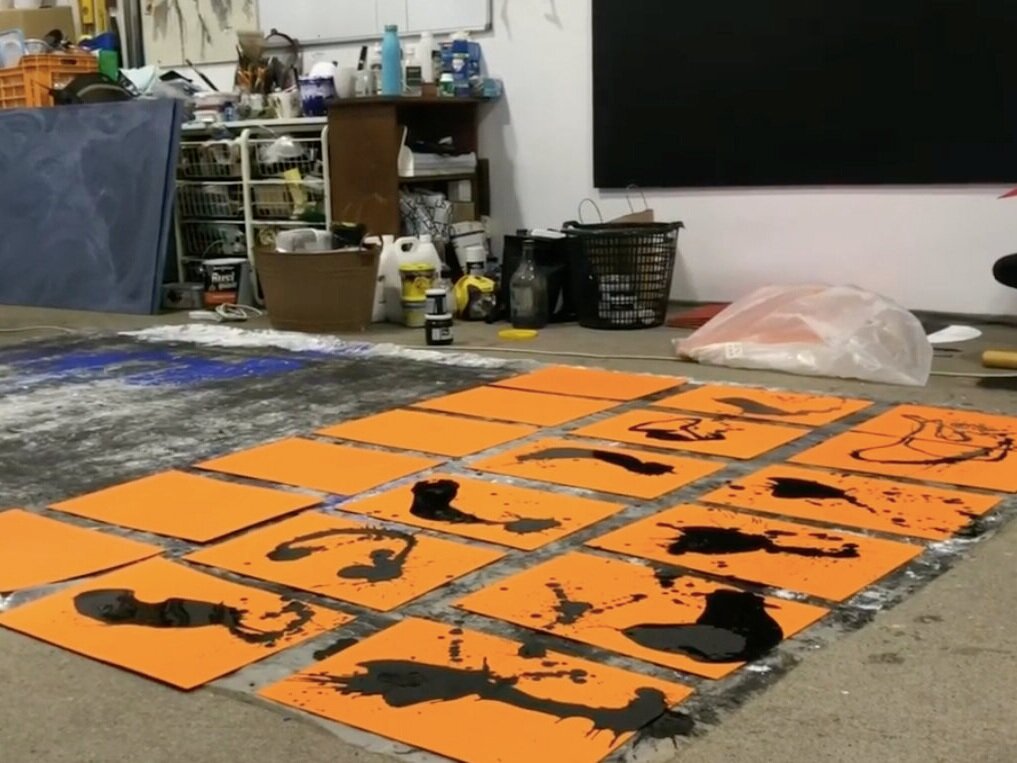Artists in isolation, the ‘Lockdown Studio’ and a COVIDSafe arts ecology
/As galleries and museums across Australia tentatively reopen, what was once envisaged as a return to normality seems more like the unfolding of an entirely new chapter in the progress of the pandemic. The most visible signs of difference are the ubiquitous antibacterial handwash stations and public health signage, yet a more optimistic indicator of change has been the continued dedication to online programs. These initially developed as a response of necessity in the face of dwindling revenue, but are now driven by a recognition of the opportunities that such programs offer for new forms of public engagement. Many of these initiatives have focused on providing channels for artists to speak directly to their audiences, sharing their personal experiences of the global crisis, their visions of a post-COVID future, their advice for those struggling to come to terms with current realities, and, of course, their art.
Griffith University Art Museum in Brisbane took an early lead in this space and has continued to set the tone for other galleries and museums seeking to join the conversation with the ongoing ‘Lockdown Studio’ series of artist videos, initiated on 20 April and updated weekly. In contrast to the high production values and carefully curated adherence to an institutional narrative that distinguishes related projects like ‘Together in Art’, overseen by the Art Gallery of New South Wales, these videos make a virtue of low-tech intimacy and unscripted immediacy. Collaborating artists are given the freedom to choose their topic and format, with the one condition that they use a mobile phone to record in a single take, but with no bars to further innovation beyond this simple instruction.
Like the Museum of Contemporary Art (MCA) Australia’s ‘Artist Voice’ series, ‘Lockdown Studio’ offers a glimpse into the private lives and thoughts of collaborating artists. These participants, however, represent a much wider sample of the arts community, including younger emerging artists as well as more established voices. The initial motivation for the series was the need to support front-of-house and install staff at the museum by increasing the public visibility of their artistic practices. In the first uploaded video, former Sculptors Queensland resident artist Tiana Jefferies sets the tone for the series with a discussion of the ‘threshold between public and private spaces’ and the forms of contact we share even in isolation from friends, family and community. Both Jefferies and Brisbane-based photographer Patrick Lester, the second contributor, note the opportunity that isolation has brought to adapt their usual methods, forcing them to engage with new technologies and settings for their work. While they talk, candid and unrehearsed, the natural chorus of Brisbane provides a steady accompaniment, though the hum of passing cars and human voices is conspicuously absent.
For Richard Bell, one of the more well-known contributors to the series, this absence has been a welcome relief, a calm before the storm of ‘desperate economic times’ ahead. Bell introduces us to a series of monumental panel paintings that offer a prescient foretaste of the crisis now unfolding, ‘a conglomerate of protests around the world’ that he has likely found occasion to greatly elaborate in the past few weeks. Bell and other established contributors to ‘Lockdown Studio’ also starkly illustrate the differential impact of this crisis – while emerging artists like Jefferies and Lester are forced to adapt, he admits that ‘isolation really hasn’t affected me that much’. Lindy Lee gives a comparable assessment, glossing isolation as a fantastic opportunity to prepare for her upcoming survey show at the MCA and introducing her two studio assistants, about the same age as Jefferies and Lester. Also evident in Lee’s contribution, however, is the intimacy of the working relationship between artist and assistant, shedding light on the usually invisible networks of mutual support and reciprocity that animate the arts community.
It is this insight above all that distinguishes ‘Lockdown Studio’ from other online public projects. Each video in the series stands alone as an intimate portrait of an individual coming to terms with the constantly shifting conditions of our shared isolation. At the same time, as a collective endeavour, these videos map a complex constellation of careers, professional roles, social and cultural backgrounds, personalities and perspectives, united by a shared commitment to artistic expression. Raised in unison and speaking from the heart at a crucial moment on our path out of crisis, the voices of those involved offer a template for mutual understanding that dissolves the artificial boundaries too often imposed between the arts and everyday life.
Dr Alex Burchmore, Publication Manager

